Ariane 6: Customers call the shots
- Published
- comments
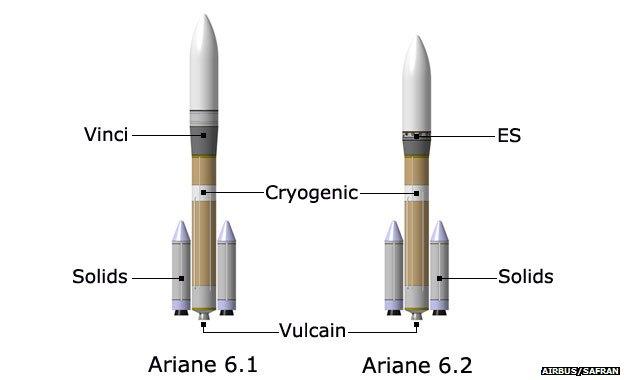
A6.1 would loft the big telecoms satellites; A6.2 would put up the low-orbiting, Earth-observation spacecraft
Europe's rocket industry is currently going through something of an epiphany - the realisation that it must adapt, and fast, or simply become irrelevant.
More than half of the big commercial satellites that are working up there - the ones that relay our TV, phone calls, and internet traffic - were lofted by Ariane vehicles, external. But that dominance is now under threat from new launchers that promise to undercut Europe's best on price.
America's SpaceX - there's no need to whisper the name - is wooing satellite operators with rides on its Falcon 9, for ticket prices, external that substantially undercut the Ariane 5.
Efforts have been made to push forward with a next-generation European rocket - an Ariane 6, external - that could be made much more cheaply. But the concept, which has been studied for the past 18 months, has left most observers flat.
More importantly, it has underwhelmed the satellite operators as well, which is why a new concept has now been sprung on the world by Airbus Defence and Space, external, and Safran , external- the main players in Ariane production.
André-Hubert Roussel, the head of launchers at Airbus, said they were left with no choice but to react.
"Clearly, there was a strong feedback, which was even given in written form by some commercial operators, that the original design was not fulfilling their needs, in terms of cost, in terms of schedule, and in terms of the risks we would have been taking with what some saw as a kind of disruptive approach, such as a totally new supply chain and a completely new launch pad," he told me.
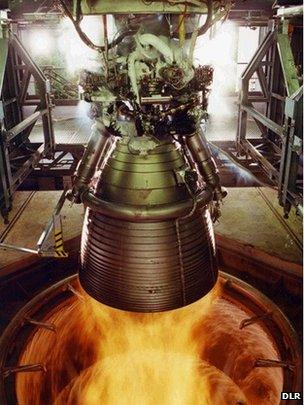
Vulcain engine: Safran believes it can lower the cost
Airbus and Safran have actually proposed two new concepts - a "heavy" and a "medium" -class version of Ariane 6.
They call them Ariane 6.1 and Ariane 6.2.
The 6.1 would do what Ariane 5 does now - loft the really big telecoms satellites, often two at a time, up to a total payload of 8.5 tonnes.
The 6.2 would be used to place spacecraft into what are called Sun-synchronous orbits. These are the low-Earth orbits used by Earth observation missions, and Europe tends to use the Russian Soyuz rocket for this job currently. Ariane 6.2 would replace Soyuz.
What is interesting about the new concepts is the degree to which they lean much more heavily on their heritage.
"Our new proposal for Ariane 6 is driven by the desire to serve both institutional and commercial customers at a competitive price," explained Mr Roussel.
"This led us quite quickly to the conclusion that we needed, first, a family of launchers with a majority of commonalities, and, second, that this family should leverage the fantastic track record of Ariane 5, and not to introduce disruption that would be very expensive for industry and damage the competence, etc.
"With a family we also get to improve the cadence. In this business, the fixed costs are significant because of the low flight rate. So as soon as you increase the number of launches, you obtain very direct benefits that translate into the price of the launcher."
Whereas the original Ariane 6 concept would use lower-stages comprising all solid-fuel motors (a big departure from the Ariane 5), the 6.1 and 6.2 variants retain a liquid-fuelled (cryogenic) core-stage and the Vulcain engine, external that currently helps get the 5 off the pad.
"A lot of work has been done to show how the performance of the Vulcain can be maintained, or even improved a little bit, whilst at the same time pushing down the cost," said Mr Roussel.
The key difference between the 6.1 and 6.2 is the choice of upper-stage. For the heavy rocket, this would be the new Vinci engine, which is being developed to give the present Ariane 5 a boost in power. The 6.2 would use the ES/Aestus engine, external, which Ariane 5 uses occasionally now.
All of these elements would incorporate the very latest materials and production techniques.

The ES/Aestus upper-stage engine, used occasionally now by the Ariane 5, would feature on the Ariane 6.2
There would be no new launch complex, and the expectation is that the first flight could be done before the end of the decade - earlier than anticipated for the original 6 design.
Critically, industry will also have to re-structure, and Airbus and Safran have begun that process by announcing the merger of their rocket divisions, external.
Get it all right and there's a good chance Europe can produce rockets fit for the 21st Century, with operating price points that can continue to entice customers.
"It is difficult to comment today on what the pricing policy will be. But through this new design, we strongly believe we will be competitive enough in terms of cost, so that we can profitably face the challenges as they are today but also as they might be in a few years," said the Airbus executive.
The European and French space agencies, which have been overseeing Ariane 6 feasibility studies, have yet to give a public verdict on the 6.1/6.2 combo. But it is hard to see how they can ignore the people who would be asked to build the next Ariane.
We're set for some fascinating discussions in the weeks and months leading up to 2 December. It is then that Europe's space ministers will meet to decide the continent's rocket future at an Esa council in Luxembourg., external

The original design was dominated by solid-fuel motors and could lift telecom satellites up to 6.5 tonnes
- Published9 July 2013

- Published3 December 2013
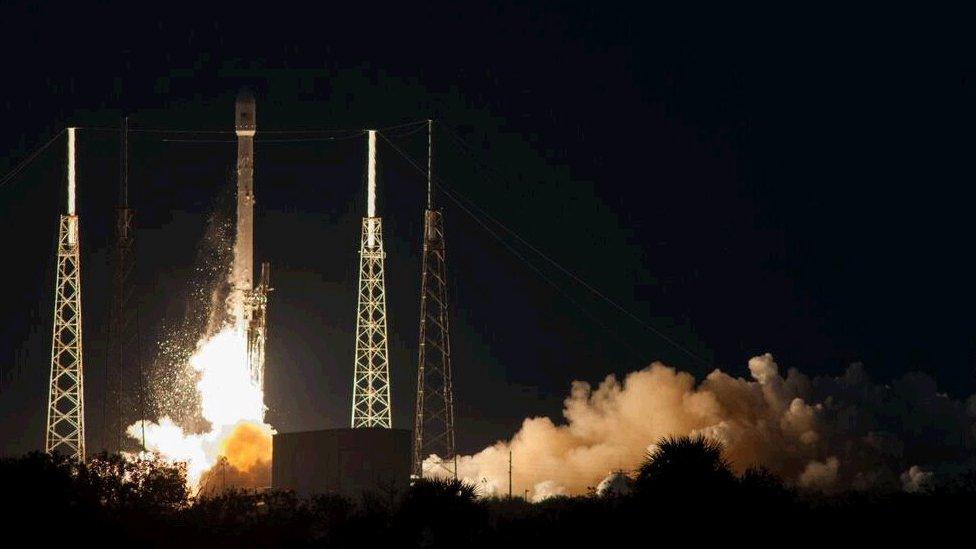
- Published21 November 2012
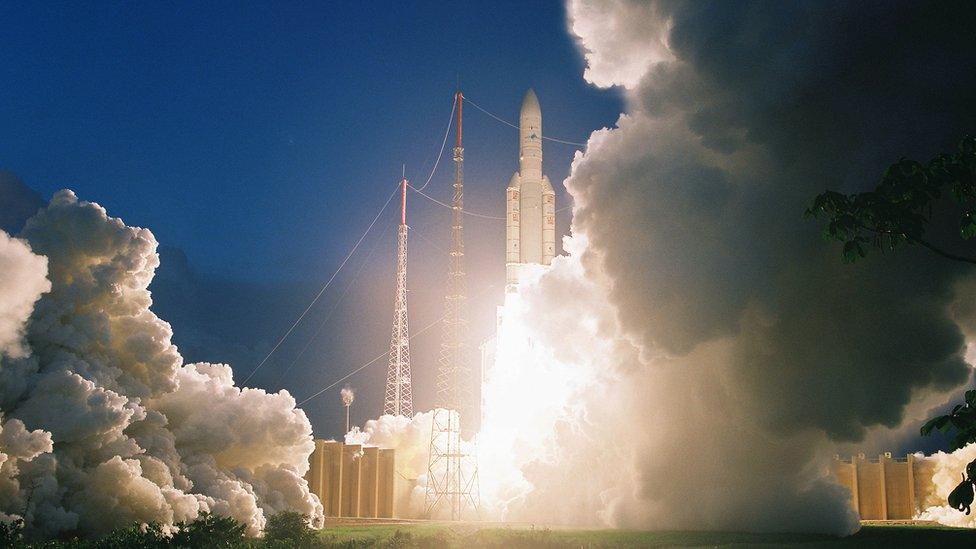
- Published27 June 2014
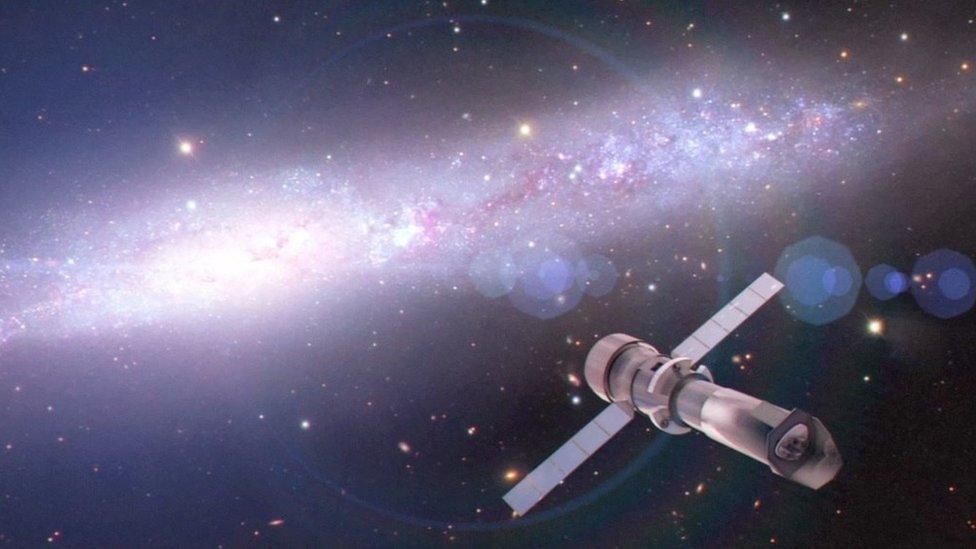
- Published29 May 2014
- Published25 April 2014
- Published20 June 2013